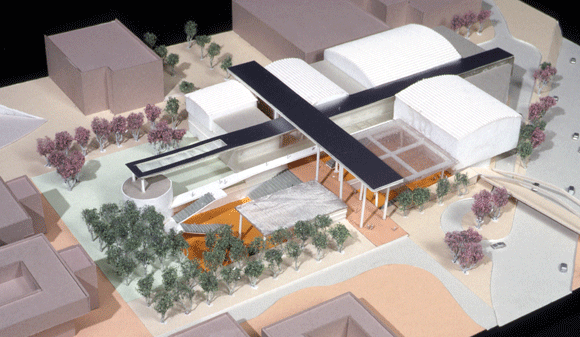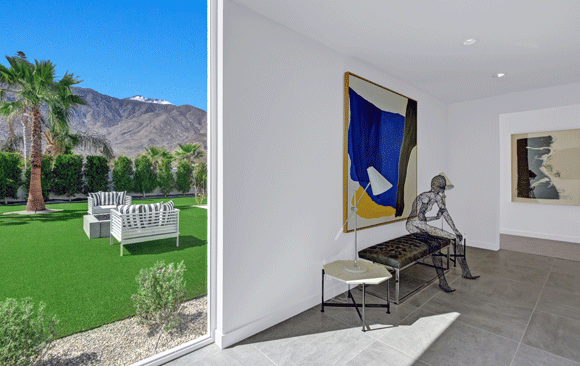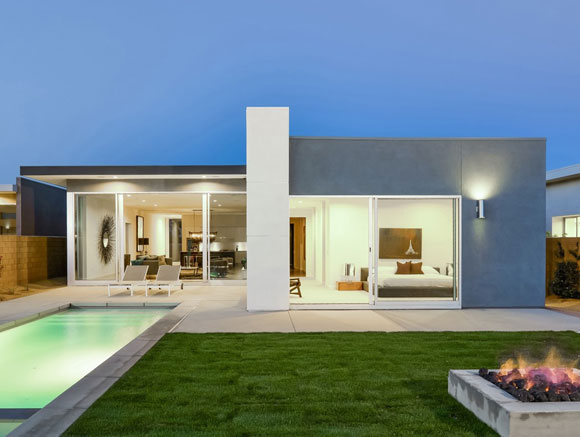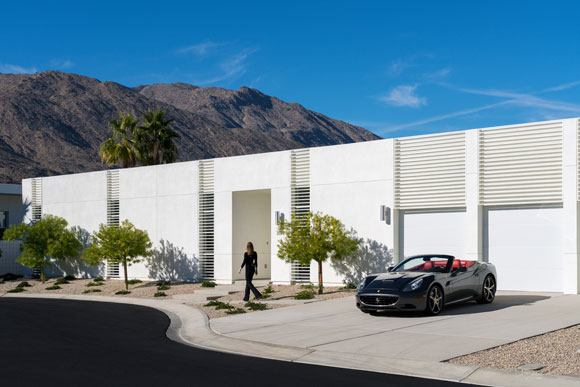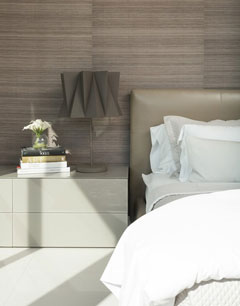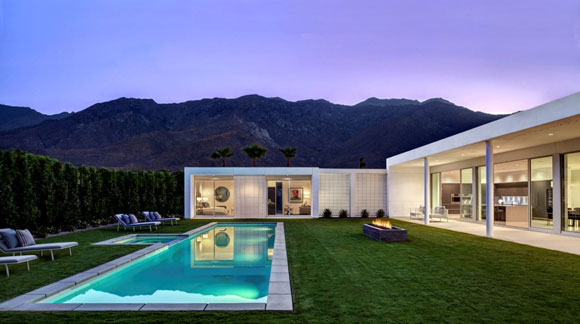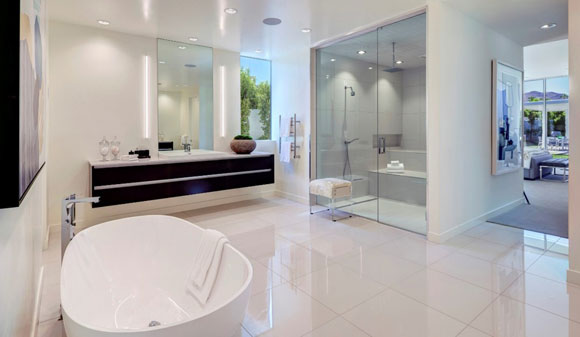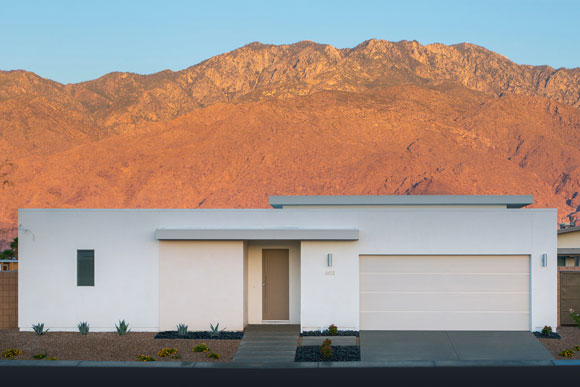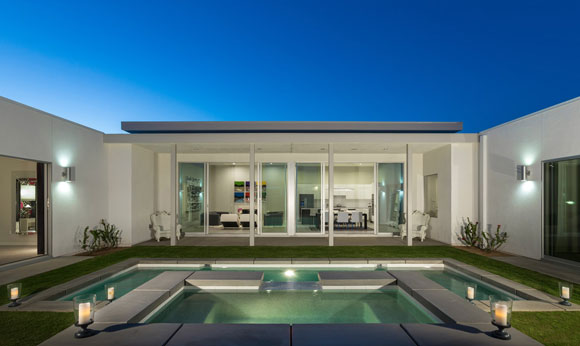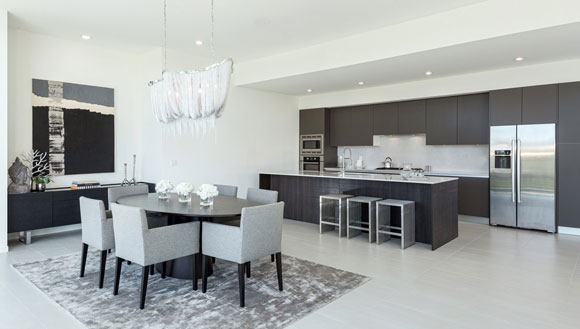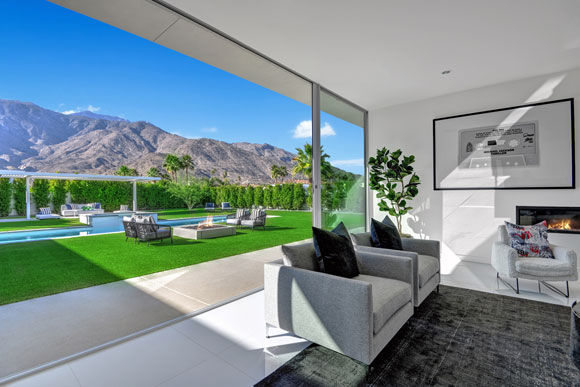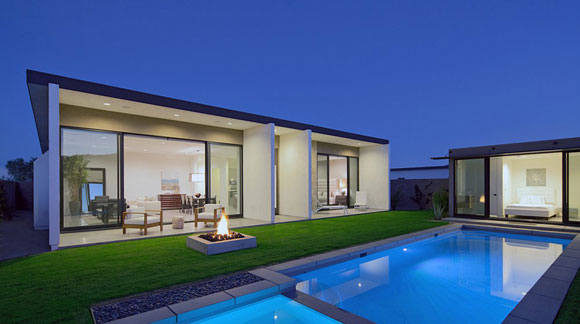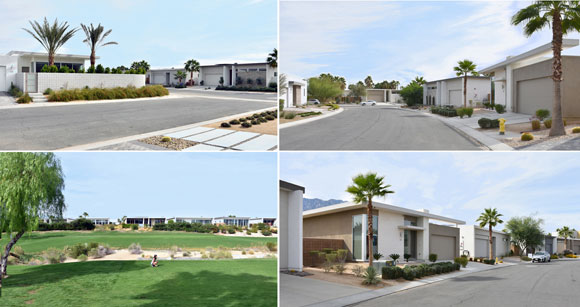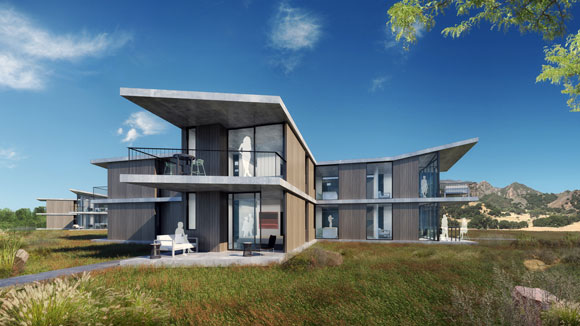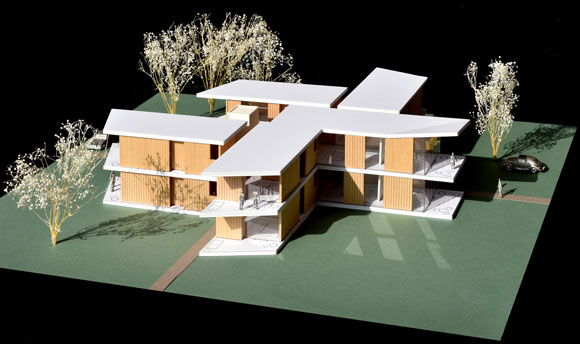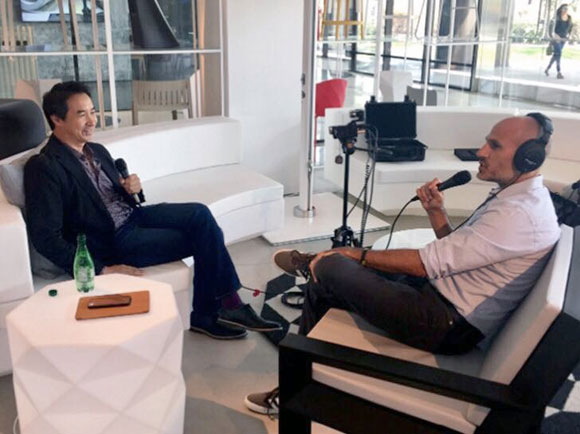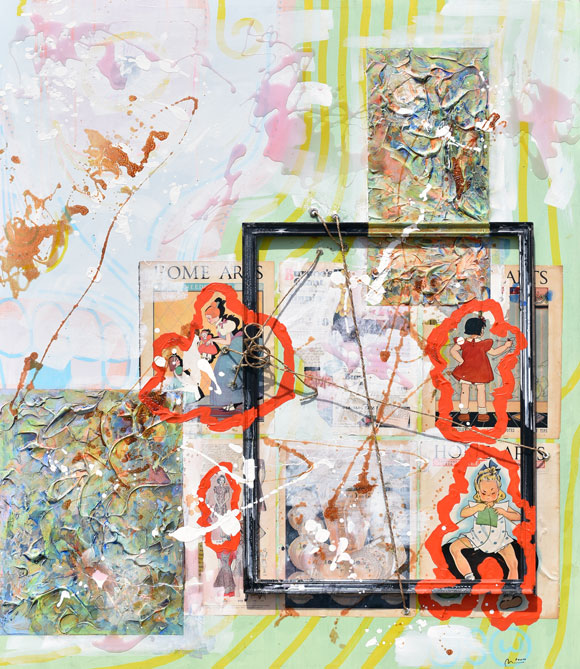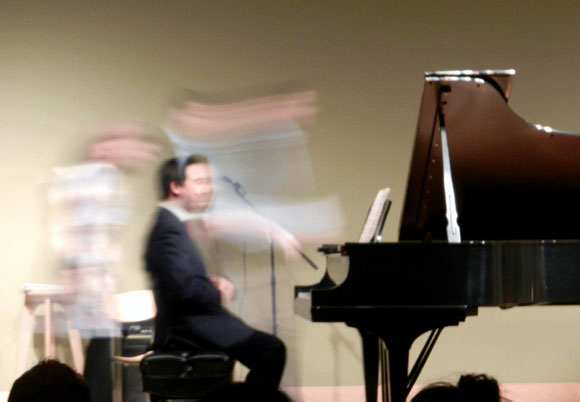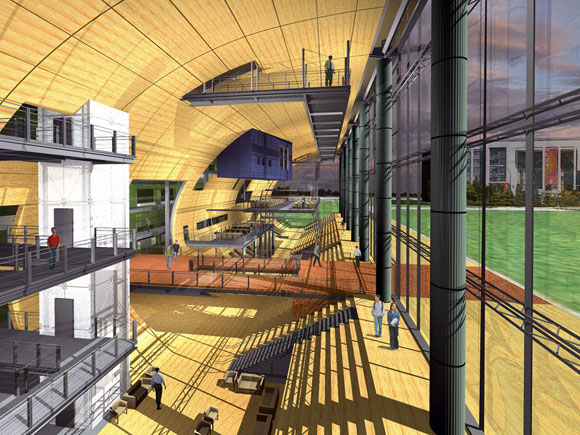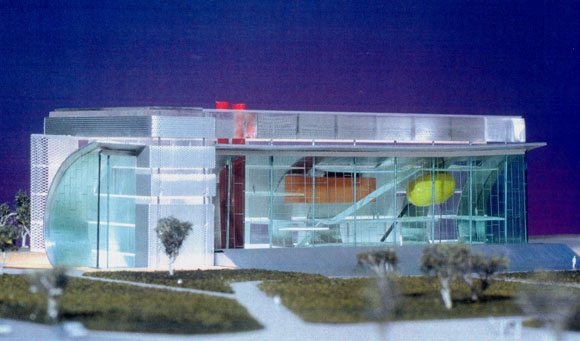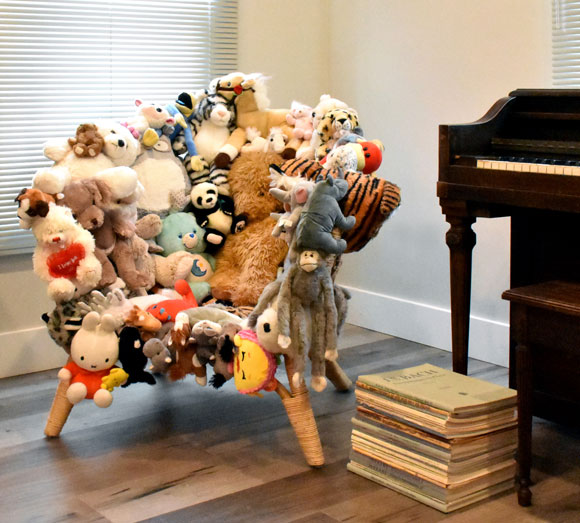#105: PODCAST: DESIGN INFLUENCER GROUP AND THE NEW RULES OF DESIGN & ARCHITECTURE
Linea Residence L, Palm Springs, California, by Poon Design (photo by James Butchart)
I was honored to be an inaugural member of Josh Cooperman’s Design Influencer Group, or better yet, “DIG.” As part of the Convo By Design’s platform, DIG was launched to examine, “industry trends and information not just about design, but about the business of design . . . design creatives are being asked to do more, for less.” Cooperman introduces, “The Design Influencer Group is a forum for a select group of design trade professionals to discuss these industry issues and design ideas that are shaping our design community here in Southern California.”

Josh Cooperman: What are the new trends of design and architecture?
Anthony Poon: We’re here today having a round table discussion with landscape designers, architects, interior designers, people of all sorts. The trend is that there are no boundaries, that people who are architects are also furniture designers. They’re also landscape architects. Interior designers are designing textiles and plumbing fixtures. It’s all one big blur of a movement of creativity.
Josh: What are the new rules?
Anthony: I think the exciting thing is that there are no rules. In the old school days, architects were well-defined, and so too were landscape designers, urban planners and furniture makers. The fact that there are no rules is what makes us all want to do what we do. It’s a form of creative entrepreneurship—everyone coming up with ideas and making it work. Learning as you go.
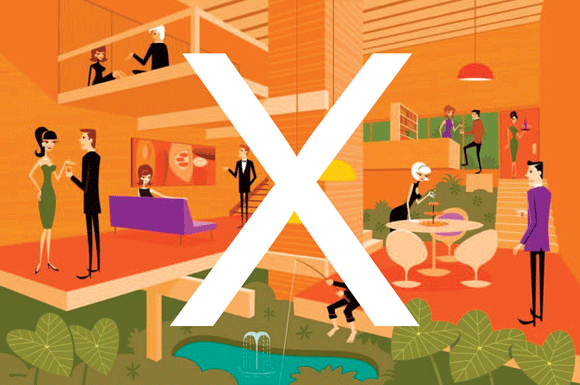
Josh: With change comes casualties?
Anthony: I’m going to propose a trend that is the opposite of what some think is trendy. I call it, “The Death of Mid-Century Modern.” Sure, Mid-Century Modernism is popular. We all know it’s exciting; it’s everywhere. And I just came back from speaking at Modernism Week in Palm Springs.
My trouble with Mid-Century Modernism is that it’s become not just a fad, but a predictable formula. People are collecting Mid-Century Modern design as if they’re painting by numbers. These fans purchase that perfect pottery, the Eames chair, the avocado green paint, etc. We all know the elements that make up the beautiful Mid-Century composition, but if you’re just putting the pieces together like a mindless formula, like painting by numbers, then all you’ve got is a generic composition of random pieces that don’t speak to your personality.
Design should be individual, should be unique. It should tell a story about who you are. Mid-Century Modern is no different than saying you want an Elizabethan home, or that you want a Grecian temple, or any of these past historical theme parks. It’s not design. It’s not creativity, and I am getting tired of seeing these predictable clichés. No one should want to live in a museum of Mid-Century cliches.
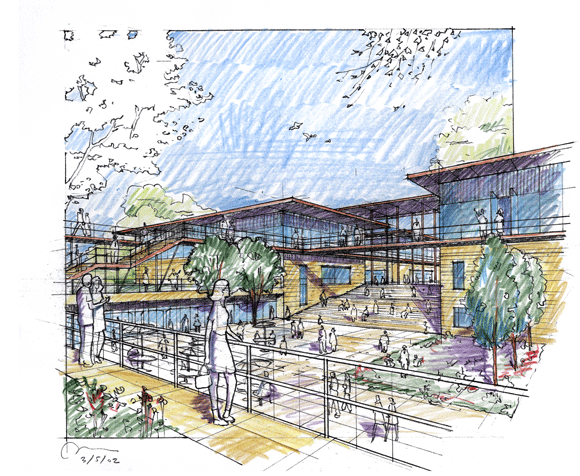
Josh: What’s next in design?
Anthony: I think what’s next should not be driven by styles, clichés and formulas. It should be driven by the elemental qualities of architecture. Elemental items—we’re talking about things like indoor/outdoor connection. We’re talking about proportions, air, light, scale, composition. These are the things that are “what’s next.” “Next” should not be a discussion of a trendy shade of green paint, but rather the crafting of a spatial experience, a creative journey.
My footage on YouTube here. My podcast segment on iTunes starts at 43:52.
